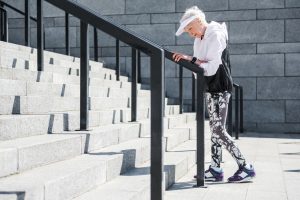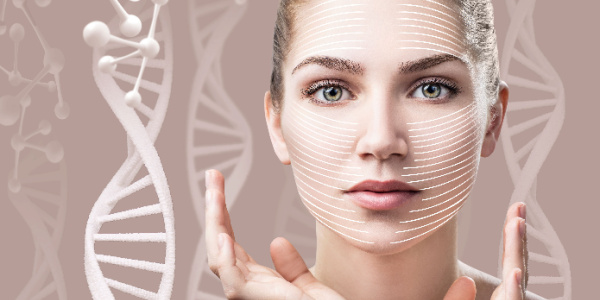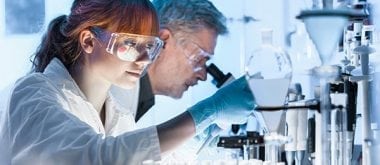Researchers have discovered blood-based markers associated with healthy and rapid aging that allow them to predict a person’s biological age – how quickly a person’s cells and organs age, regardless of their date of birth. The new research, published in the journal Aging Cell, points to pathways and connections that may underlie biological age. They shed light on why people age differently and suggest new targets for interventions that could slow aging and promote healthspan, the amount of time a person is healthy.
Healthy And Rapidly Aging People Show Significant Differences In Their Metabolomes
Study lead author Aditi Gurkar, Ph.D., assistant professor of geriatric medicine at Pitt University School of Medicine and member of the Aging Institute, a joint venture between Pitt and UPMC, and her colleagues wanted to investigate why people age differently For example, they have the same chronological age. To answer this question, Gurkar and her team compared 196 older adults, dividing them into healthy and rapidly aging individuals based on the ease with which they completed simple walking exercises. Because walking ability is a holistic measure of cardiovascular fitness, physical strength, and neurological health, other studies have shown it to be the best predictor of hospitalization, disability, functional decline, and death in older adults.
The healthy elders were 75 years or older and could climb a flight of stairs or walk for 15 minutes without resting, while the faster elders, who were between 65 and 75 years old, had to rest while doing these tasks. According to Gurkar, this study is unique because the “Rapid Agers” were chronologically younger than the “Healthy Agers,” which allowed the researchers to focus on markers of biological – not chronological – aging, unlike other studies that compared young adults with older people. To determine a molecular fingerprint of biological aging in the participants’ blood samples, they performed metabolomics – an analysis of metabolites, i.e. H. Molecules that are produced by chemical processes in the body – with blood samples from the two groups. Other studies have used genetics to measure biological aging, but genes are very static: the genes you are born with are the genes you die with.
The researchers chose the metabolites because they are dynamic: they change in real time to reflect our current health and condition, and we have the opportunity to influence them through our lifestyle, diet and environment. Healthy and rapidly aging people showed significant differences in their metabolomes, suggesting that metabolites in the blood may reflect biological age. Next, Gurkar and her team identified 25 metabolites, which they called the Healthy Aging Metabolic (HAM) Index. They found that the HAM index was better than other common measures of aging – including the frailty index, gait speed and the Montreal Cognitive Assessment Test – at distinguishing healthy people from rapidly aging people. To validate their new index, researchers analyzed a separate cohort of older adults from a study in Wisconsin. The HAM index correctly predicted whether people could walk outside for 10 minutes without stopping with about 68% accuracy.
Blood Test That Can Estimate Biological Age
Using an artificial intelligence model that can predict potential influencers of biological traits, the team identified three major metabolites that are most likely to promote healthy aging or drive rapid aging. In future research, they want to examine how these metabolites and the molecular pathways that produce them contribute to biological aging and explore interventions that could slow this process. Gurkar also plans further research to examine how the metabolome of younger people changes over time. Eventually, she hopes to develop a blood test that can estimate the biological age of young adults or predict which diseases of aging they will develop. This could help people think about changing aspects of their lifestyle early on – whether by improving sleep, diet or exercise – and hopefully reverse their biological age. The goal will be to detect early how someone is aging and develop personalized interventions to delay disease and extend lifespan.





